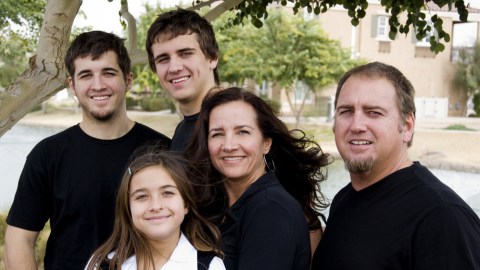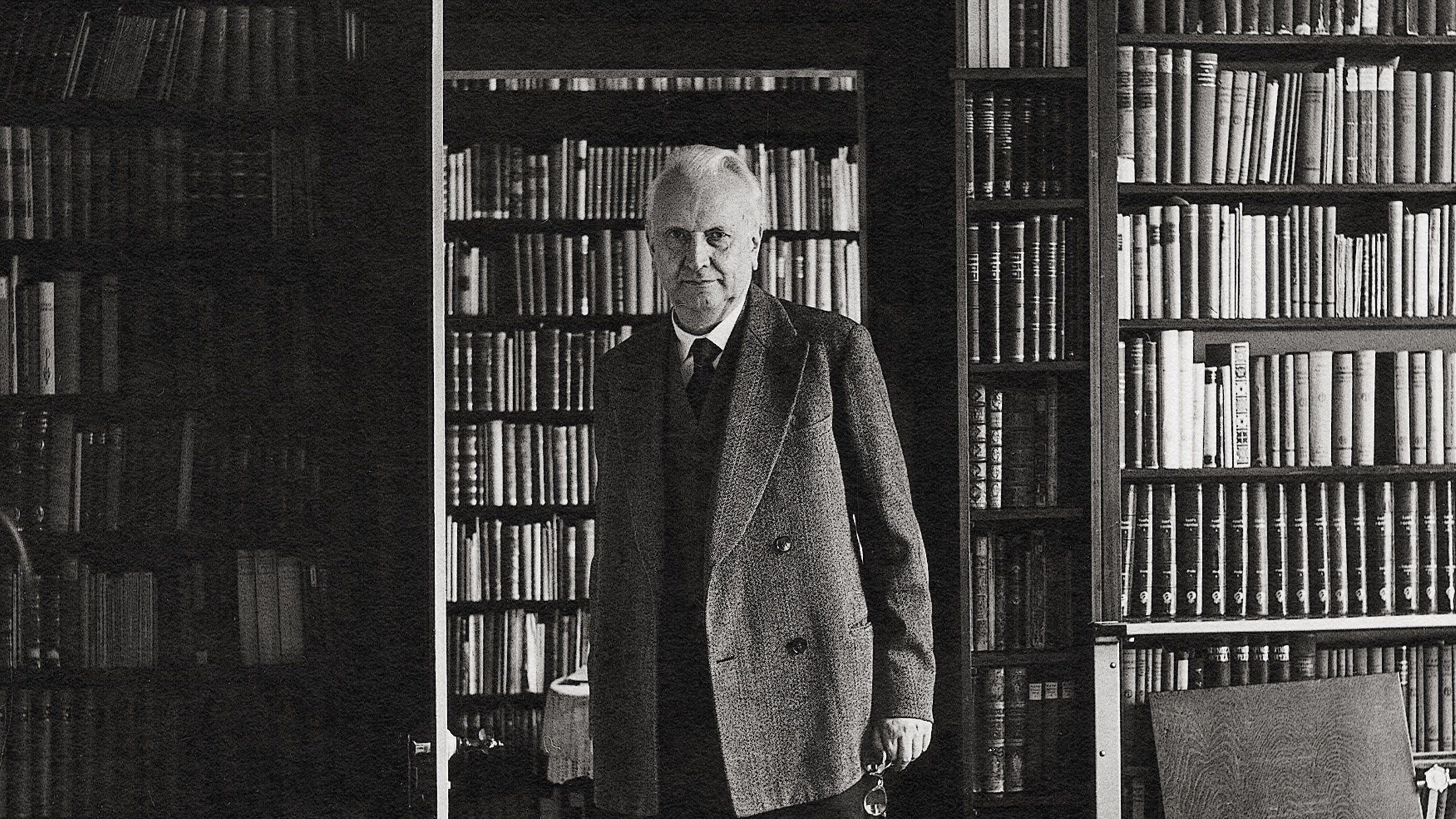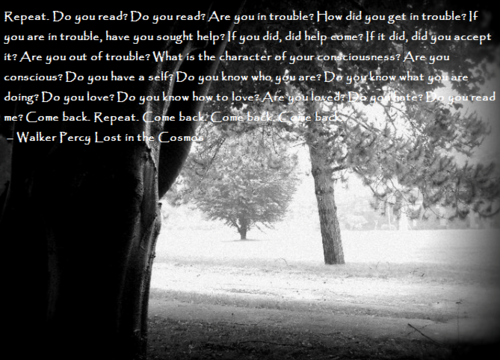What Will the New Face of American Poverty Look Like?

It’s been almost 50 years since the War on Poverty began, and it’s a legitimate question to ask why we haven’t made more progress in attacking this problem.
In my view, there are three broad factors that help explain our poor record.
First, stagnant or falling earnings for low-skill men since the 1980s have made it harder for families to earn enough to be non-poor. A subsidiary element here is that public programs that aim to increase earnings have been modestly funded. Though they do work, these programs reach too few people to make much difference, and the increases in earnings are rather small.
Second, demographic change throughout the last 50 years has greatly increased the share of the population that is more likely to be poor. By this, I primarily mean single-parent families and immigrants.
And third, cash income support programs for the non-elderly have not become more effective at reducing poverty; and in some cases they have actually become less effective.
All of this has helped contribute to a new—and changing—face of American poverty.
There’s no precise forecast, but I expect that the share of poor persons who are elderly will rise, because the baby boomers are now in the over-65 group, and they represent a large portion of the U.S. population. The share of the poor living in male-headed families will also probably grow. And I believe that poverty will soon reach the suburbs and exurbs in ways we haven’t seen before.
In addition to stagnating earnings for low-skill male workers—a reflection of growing earnings inequality over the past few decades—many men will confront poverty in the years to come because of poor labor market prospects.
As for the elderly, their projected rate of poverty is higher if we use a new, not-yet-official poverty measure, which does a better job of determining who is poor.
In terms of the suburbs, poverty appears to be on the rise there because of the recent downturn and housing implosion, coupled with longer term job decentralization and greater population growth, including immigrant settlement, in suburbs relative to large cities and non-metro areas.
These trends have serious long-term implications. For example, rising inequality means—among other things—that low-income people are pushed further into poverty, and this makes it harder for them to earn their way out.
That said, there are certain policy initiatives that should be considered.
Programs to improve earnings for low-skill workers and low-skill men face challenges, but better funding and continued efforts to develop more effective programs are important.
Related to this is the need for much more effective K–12 schooling and vocational training to create a more productive workforce, especially for those likely to be low or modest earners. Helping pre-school-aged kids get off to a better start should also be part of such efforts.
And, looking forward, I recommend that we measure income better. We also need to adopt a full relative poverty line that would rise or fall based on median income. I like this approach because it better reflects how poverty is socially perceived; in other words, not having enough income to be part of mainstream society. The current measure only corrects for inflation, but it doesn’t rise in line with real income.
On a personal note, it disappoints me to say that the study of poverty in America is still a vibrant academic pursuit. It shouldn’t be this way, of course; we need to do better as a society when it comes to helping those who are being squeezed out of potential prosperity.
Editor’s Note: This article is part of a publication by the Evans School of Public Affairs at the University of Washington entitled “Making a World of Difference in a Very Different World.”
Image courtesy of Shutterstock.





